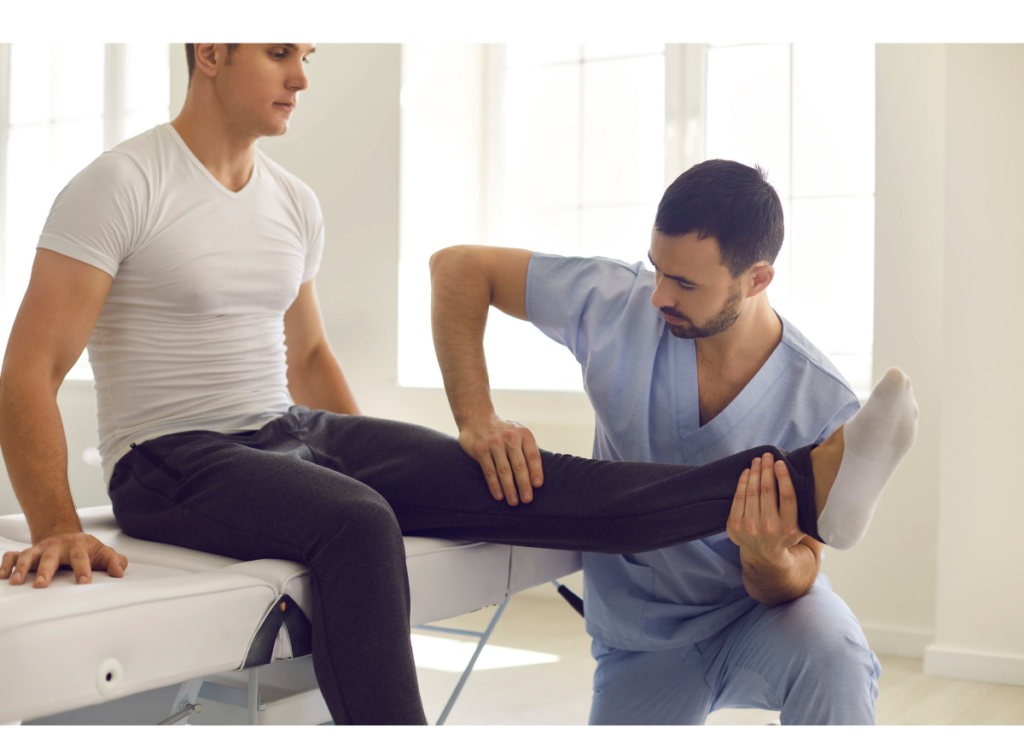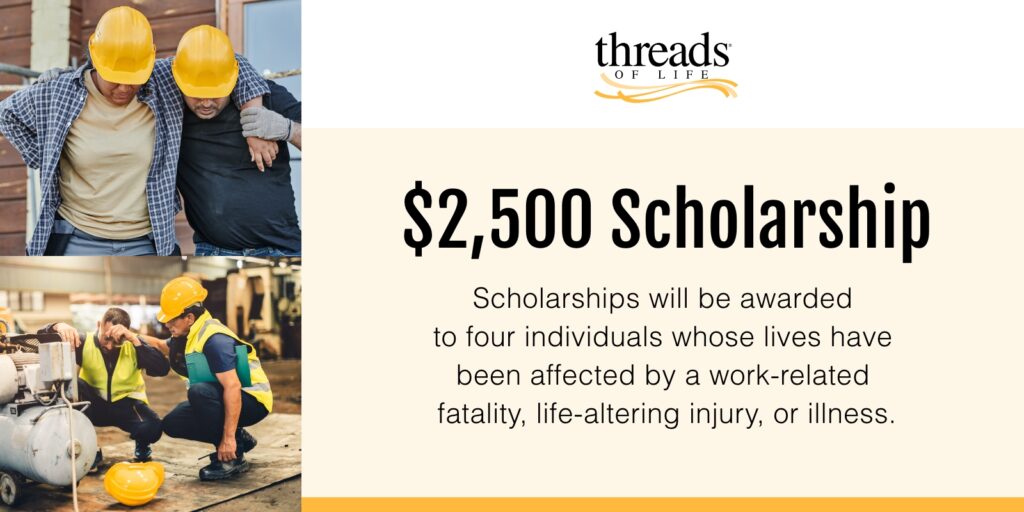
Starting a new job is an exciting time
There’s so much to learn, new challenges and opportunities to grow, all while showing your new boss what you can do and gaining experience to build your resume. There are new tasks, equipment, and processes – so much to learn how to do effectively, properly, and safely.
While safety is critical for everyone, new employees are at the highest risk of being injured on the job. Workplace safety is the responsibility of the employer and the employee, but in the end – it’s your well-being that’s on the line. Workplace injuries can result in life-long disability or worse, so the most important part of any job is learning how to do it safely.
Getting injured on the job is no joke
You might not know it to look at her, but Amber has a workplace injury that she will carry for the rest of her life. At 18 years old and only two months into her first job as a CNC machinist, she was seriously injured on the job. While working the night shift, Amber was instructed to make cuts of steel during her cycle times. She wasn’t aware that the safety guard to the carbon-bit chop saw had been removed and her left hand became entangled, causing significant injury.
The surgeon was able to save Amber’s fingers, but her hand required a full-thickness skin graft which meant her hand was temporarily sewn into her body and screws were used to hold the joints of her fingers together. Amber now suffers from permanent nerve damage and is no longer able to work in the manufacturing field she was so keen to join. “Today, simple tasks like buttoning my kids’ clothing is impossible!” she shares. “Mowing the lawn, carrying grocery bags, gripping a baseball bat are all still impacted a decade later.”
How can you protect yourself at work?
It starts with knowing your rights and responsibilities as a worker, including your right to refuse unsafe work and your responsibility to follow safe working procedures. You also want to work for an employer that values your well-being over the bottom line. As Amber reminds us: “Safety goes both ways, between the employer and the employee.”
Workplace injuries have far-reaching consequences
Life-altering workplace injuries, occupational diseases, and fatalities are all the tragic result of working unsafely or in unsafe conditions. The ripple effect of each tragedy is far-reaching: the worker and their colleagues, the worker’s family, friends, and community, first responders, and more. Injury and illness statistics only speak to how many workers are recorded as being affected but they fail to indicate the greater effect on families, workplaces, and our communities.
You don’t have to do it alone
Workplace injury, illness and fatalities can be a very lonely experience, and it’s important to access available supports. Individuals and families looking for support after a workplace tragedy have Threads of Life: an organization offering peer support programs for those affected by workplace injuries, illnesses and deaths. To learn more about how Threads of Life supports individuals and families affected by workplace tragedy, or to reach out for support, visit https://threadsoflife.ca/find-support.


